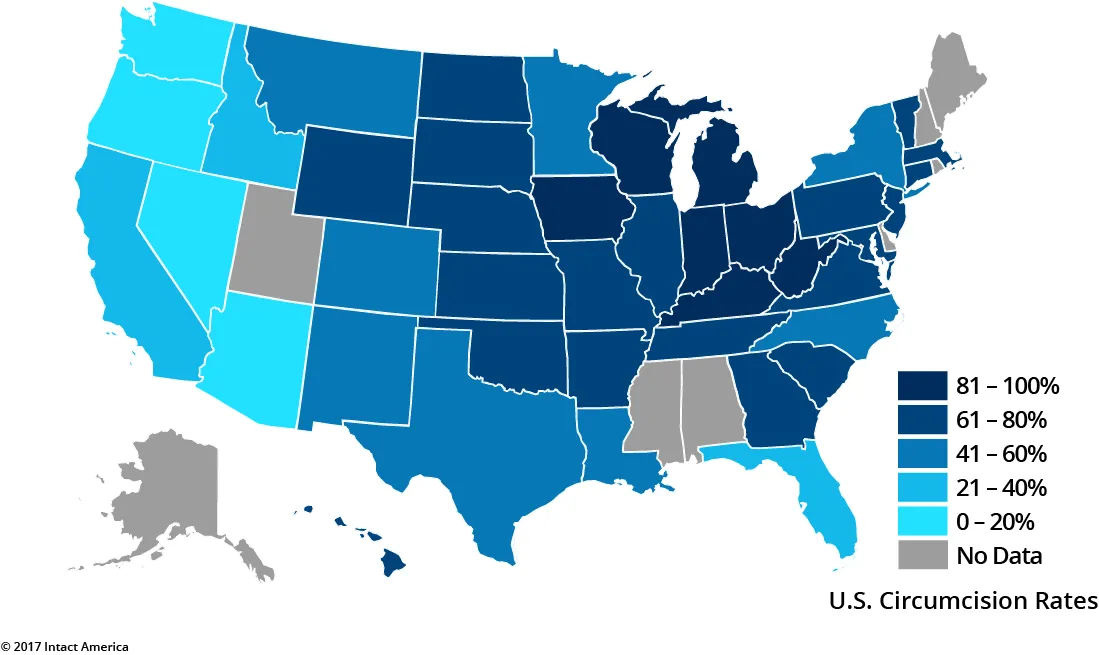How did circumcision begin?
Circumcision began in prehistoric times and still survives in some cultures. Its justifications have varied across time and place.
Pre-historically, circumcision was a ritual – a rite of passage to adulthood. Cutting off a portion of the genitals was part of a tradition of sacrificing what is most precious in order to receive divine benefits of health and prosperity. After that, it was used to create social identity or hierarchy, and – later – to signify religious identity.

How did circumcision become common?
In the 19th century, during the Victorian era of medical experimentation in the United States and English-speaking countries, circumcision was promoted as preventing masturbation in boys and as a “cure” for “hysteria” in women.
Some Victorian doctors went beyond the masturbation argument – claiming that circumcision prevented or cured conditions ranging from syphilis to epilepsy to mental retardation. As organized medicine evolved, circumcision was adopted by English-speaking countries in the 19th century. Since then, Britain, Canada, Australia, and New Zealand have all but eliminated it. However, in the United States it survives as a custom passed down from generation to generation.
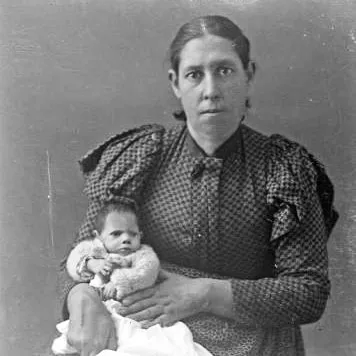
A brief history of circumcision
Before 10,000 BC
Australia, Middle East, Africa, South & Central America

Pre-Historic Sacrificial Rites
Removing the foreskin began at various places and times as a rite of passage from boyhood to manhood.[1]
After 10,000 BC
Middle East

Tribal Hierarchy
In ancient Egypt, captured warriors were often marked by circumcision before enslaving them. The practice also extended to their male descendants.[2]
Before 600 AD
Middle East

Religious Identity
Jews adopted circumcision from the Egyptians and are believed to be the first to perform it upon newborns.[3] Muslims circumcise boys, generally between the ages of five and twelve.[4] Many passages in the New Testament tell Christians that circumcision is not a necessary part of their faith.[5]
Circa 1200
Mediterranean

Maimonides
In his Guide for the Perplexed, Jewish rabbi and philosopher Moses Maimonides wrote: “One of the reasons for [circumcision] is, in my opinion, the wish to bring about a decrease in sexual intercourse and a weakening of the organ in question...”[6] Interestingly, the fact that circumcision causes pain and decreases sensitivity (thus inhibiting sexual activity) is often denied by physicians who promote it today.
Mid-19th century
England, United States

Victorian Morality
Victorian-era doctors in the English-speaking world began promoting circumcision as a “cure” for masturbation, which was thought to be terribly unhealthy.[7] In smaller numbers, women were also subjected to the removal of their clitorises to inhibit their libido and to “cure hysteria.”[8]
Early 20th century
United States

Medical Rationalization
The American medical community began to increasingly adopt newborn circumcision, justifying it by saying it reduced infections, prevented “phimosis” (a tight foreskin – totally normal in young boys), and was “more hygienic.”[9] Over the years, despite the lack of scientific proof as to its benefits, circumcision became the fashionable thing to do. Its continuing popularity can be attributed in large part to the U.S. fee-for-service medical system, where each procedure generates a charge and income for the doctor.
Mid-20th century
United States
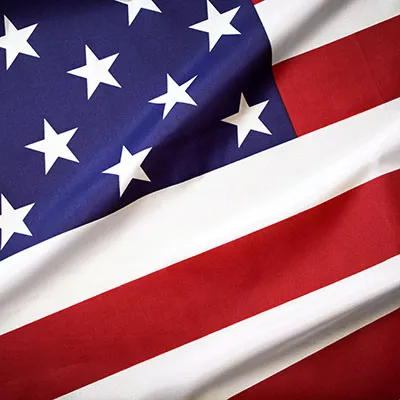
American Custom
By the 1970s, circumcision was peaking in popularity in the U.S., with about 85 percent of males being circumcised.[10] At the same time, it was in decline in other English-speaking countries. Because so many men have been circumcised in America, it was long viewed as “normal,” but this is changing. Outside the United States medicalized circumcision is rare. Approximately 75 percent of the men in the world enjoy their natural, intact genitals.
Beginning in the 1980s
United States
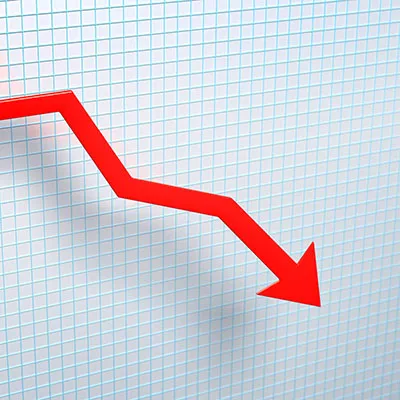
Decreasing Trend
More and more parents – around 50 percent these days[11] – are choosing to keep their baby sons intact. Gradually, having a foreskin is becoming normal among American boys. Because circumcision is almost never medically necessary, letting your son make the decision is a healthy, respectful option.
What about religious circumcision?
Most people are surprised to learn that religious circumcisions are rare in the United States.
Fewer than one percent of newborn circumcisions are carried out in the United States as a religious ritual.[12] The other ninety-nine percent are performed in hospitals by doctors, and have no spiritual significance. The United States is unique among developed countries in its widespread practice of secular (non-religious) circumcision. Freedom of religion, guaranteed in the U.S. Constitution, means that all persons have the right to form their own religious beliefs, and to embrace or reject the beliefs of their parents. Permanently marking or altering the body of a newborn boy in the name of religion denies him that right.
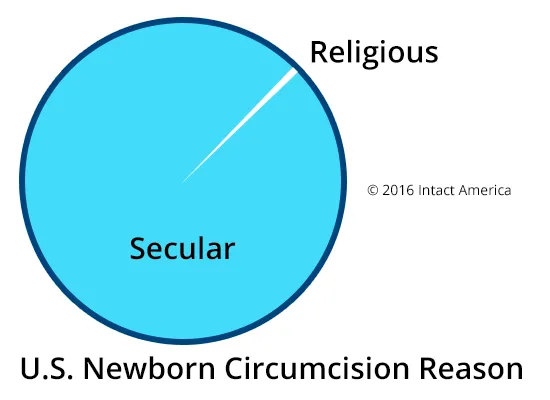
How do newborn circumcision rates vary across the U.S.?
Rates of newborn circumcision vary greatly by state.
The frequency of newborn circumcision varies considerably by region in the United States. In states where Medicaid does not pay for “routine” circumcision, most parents keep their boys intact. There is no evidence that boys in states with low circumcision rates are any less healthy than boys in states where circumcision is common.
